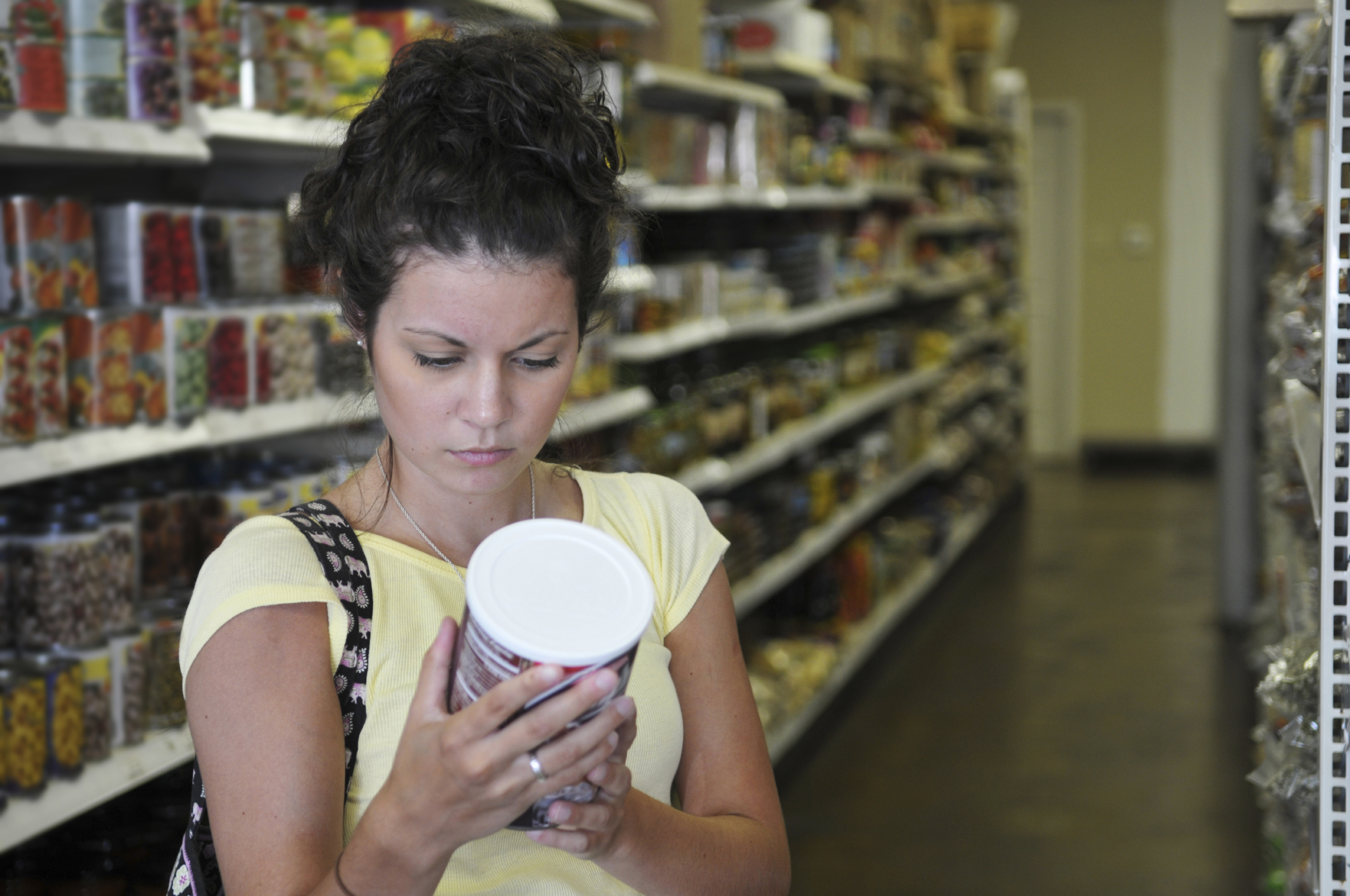Food for thought: Label tricks, truths

ShopSmart, the shopping magazine from the publisher of Consumer Reports, recently investigated common food label tricks used by manufacturers and offers tips on how to navigate past them
Food marketers know we all want food that’s good for us and tastes good too. But all too often they use come-ons to decorate the fronts of packages — with claims like “heart healthy” or “natural” — that easily trick us into thinking products are more healthful than they actually are.
So what can you do to avoid these sneaky food label tricks? ShopSmart, the shopping magazine from the publisher of Consumer Reports, recently investigated common food label tricks used by manufacturers and offers tips on how to navigate past them.
“‘Less sodium’ doesn’t necessarily mean low sodium, ‘trans fat free’ doesn’t mean zero trans fats, and ‘natural’ doesn’t mean much of anything but, if you’re in a rush and not paying attention, it’s easy to get faked out,” said Lisa Lee Freeman, editor in chief of ShopSmart.
ShopSmart did the work for you, helping you spot bogus labels fast.
Tricks versus Truth
Trick: A “Whole Grain” label sounds like you’re getting a good dose of fiber. Truth: A reasonably good source of fiber has at least 3 grams per serving. Refined white flour shouldn’t appear, or it should show up near the end. However, the predominant ingredient in a package of Sara Lee buns is enriched, bleached flour, with only 1 gram of fiber per serving.
Trick: Added nutrients camouflage junk. Truth: You might get a reasonable amount of fiber per serving from Pop-Tarts with added fiber, but it comes along with high-fructose corn syrup and hydrogenated oil.
Trick: “Made with” highlights a minor ingredient. Truth: Terms “made with” or “made from” are virtually meaningless because they don’t tell you how much of an ingredient was actually used.
Trick: “Less” is more than you might think. Truth: Less sodium cans of Hormel Chili have less than the regular version, but it still packs 710 mg per serving, about 30 percent of your daily allotment. “Less” or “reduced” just means it has one-quarter less of a nutrient or of calories than the regular version.
Trick: The label makes it sound like it’s a good-for-you food, but it’s not. Truth: Just because items like Welch’s fruit snacks are fat free doesn’t make it a healthful food. You are better off with real fruit, which is also fat-free and far more nutritious than candy-like fruit snacks.
Trick: Claims make the food sound like it will cure what ails you. Truth: The FDA says General Mills crossed the line by implying that Cheerios will cut cholesterol with the “helps lower cholesterol” label.
Trick: It’s promoted as a special diet food, but it’s not special. Truth: Claims on a box, like Special K’s “Drop a jean size in 2 weeks,” don’t make it a diet food. You could drop a few pounds if you follow the Special K plan, which limits two meals a day to 300-calories. But the type of food doesn’t matter and nutrition-wise you could do a lot better than Special K.
Trick: It says “natural” but it contains unnatural stuff. Truth: The FDA doesn’t have an official definition for the term “natural,” though it recently said that natural foods should be free of artificial or synthetic substances, including high-fructose corn syrup (HFCS).
Trick: The label misleadingly advertises zero bad stuff. Truth: If you see “no trans fats” on the label, don’t assume you’re in the clear. Check the ingredients for partially hydrogenated oils, a source of trans fat, which is in Country Crock butter alternative.
Trick: “Good Source” might not be great. Truth: Foods need only supply 10 percent of a specified nutrient to be labeled a “good source.” Quaker granola bars, labeled a “good source of calcium,” have just 8 percent of your daily calcium needs or less than one-quarter of the amount in an 8-ounce glass of milk.

